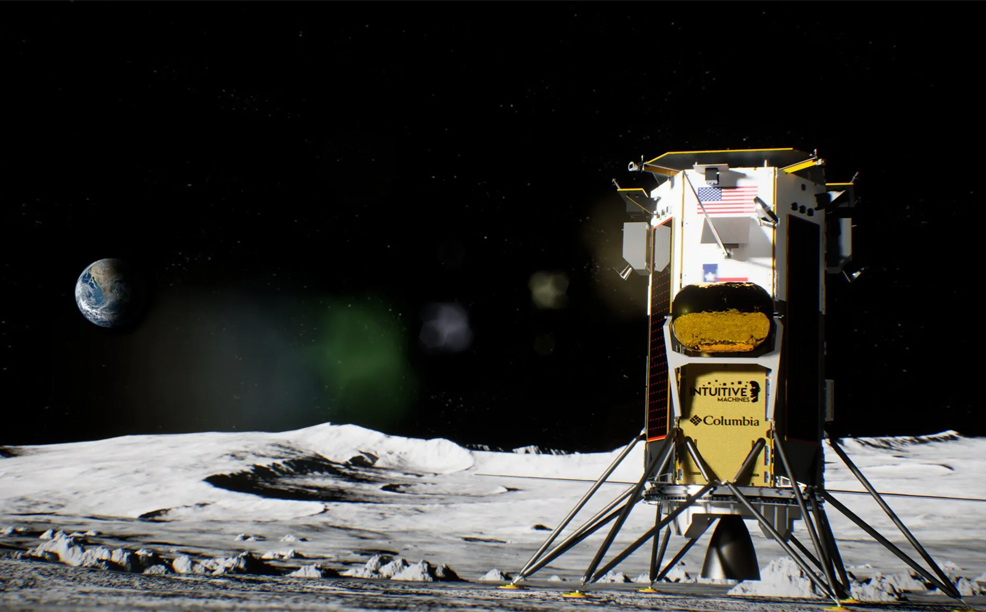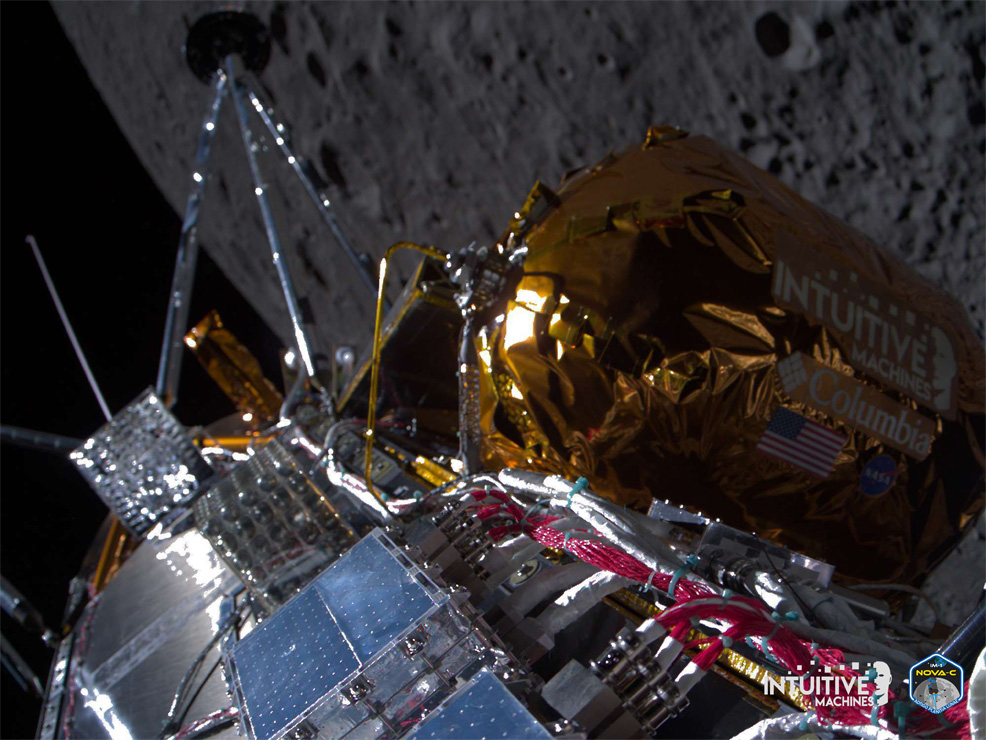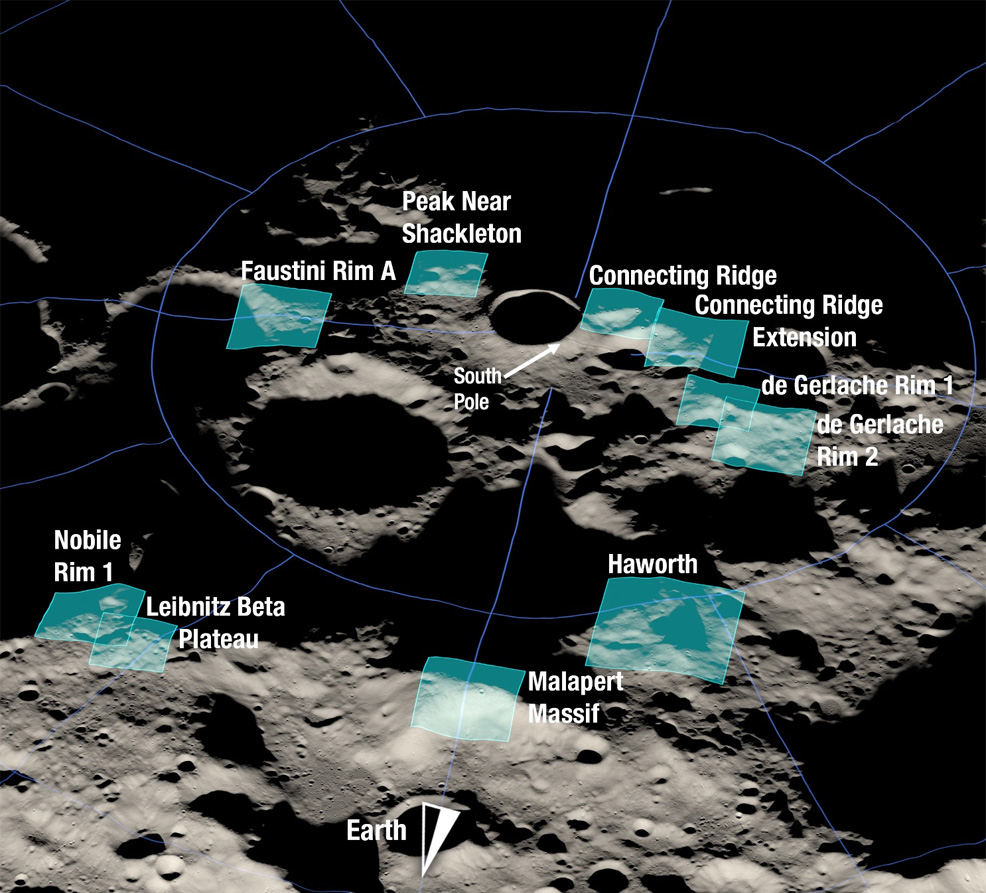
23rd February 2024 First commercial Moon landing is achieved American company Intuitive Machines' Nova-C lander, named Odysseus, has become the first commercial vehicle to land on the Moon.
Only five nations have achieved soft landings on the Moon: the Soviet Union (1966), the United States (1966), China (2013), India (2023), and Japan (2024). However, no single company has ever pulled off the feat – until now. Founded in 2013 by a team of space industry veterans, Intuitive Machines is a private American aerospace company that aims to provide cutting-edge technology and cost-effective services. NASA selected it as one of nine companies granted the right to bid on Commercial Lunar Payload Services (CLPS). This program intends to deliver payloads to the Moon and test in situ resource utilisation concepts, as part of the agency's larger Artemis program for returning humans to the lunar surface and establishing a long-term presence there. After winning a contract in 2019 and being awarded $118 million from the CLPS, Intuitive Machines began developing Nova-C, a class of lunar landers designed to deliver cargoes of up to 100 kg (220 lb). The first mission, known as IM-1, would involve a lander called Odysseus. Intuitive Machines worked with NASA, alongside several academic institutions, to integrate the various scientific instruments: a laser retroreflector array, lidar, stereo camera, low‑frequency radio receiver, navigation beacon, and propellant fuel monitor. Following years of research and testing, the mission lifted off from Florida using a SpaceX Falcon 9 rocket on 15th February. It spent the next week performing a series of trajectory adjustment manoeuvres – over a distance of approximately 1,000,000 km (621,000 mi) – before a 408-second main engine lunar orbit insertion burn, establishing a 92 km (57 mi) altitude circular orbit.
After spending 24 hours orbiting the Moon, the final stage began. This took an hour to complete, including an 11-minute powered descent. The spacecraft used its terrain navigation cameras and laser rangefinders to guide the approach, but a problem with the lasers resulted in a switch to the lidar sensors. Roughly 30 m (100 ft) above the targeted site, a camera-equipped CubeSat dropped nearby, attempting to capture the first ever third-person images of a lunar landing. In these last few moments, an inertial measurement unit helped keep the spacecraft upright as it made a soft landing. To rapturous applause, the mission team confirmed it had arrived at 5:24 p.m. CST (2324 GMT) in the vicinity of Malapert A, a 69-km-wide (43-mi) crater located about 300 km (186 mi) from the Moon's south pole. "What we can confirm, without a doubt, is our equipment is on the surface of the Moon and we are transmitting," flight director Tim Crain announced.
In addition to being the first commercial mission to land on the lunar surface, Odysseus is also the first U.S. Moon landing of the 21st century, as well as the first with cryogenic propellants. Since 1958, 150 attempts have been made to reach the Moon, including flybys, orbiters, impactors, and surface landers. IM‑1 and its Odysseus probe is the 24th mission to achieve a soft landing. Intuitive Machines is planning two further spacecraft, later in 2024 and in 2025. "The U.S. has returned to the Moon," said NASA administrator Bill Nelson. "Today, for the first time in the history of humanity, a commercial company – an American company – launched and led the voyage up there. And today is the day that shows the power and promise of NASA's commercial partnerships." At the time of writing, images from the surface have yet to be returned by Odysseus. However, NASA and Intuitive Machines will host a televised news conference this evening at 5 p.m. EST (2200 GMT). You can watch this on NASA's YouTube channel. Over the next seven days, the probe will gather valuable scientific data about Earth's nearest neighbour. For example, landing near Malapert A will help mission planners understand how to communicate and send data back to Earth from a location where Earth is low on the lunar horizon. Malapert A is on the shortlist of potential locations where NASA is considering sending astronauts later this decade. This region has permanently shadowed craters that never receive sunlight, meaning that frozen water could be inside them.
Comments »
If you enjoyed this article, please consider sharing it:
|
||||||









